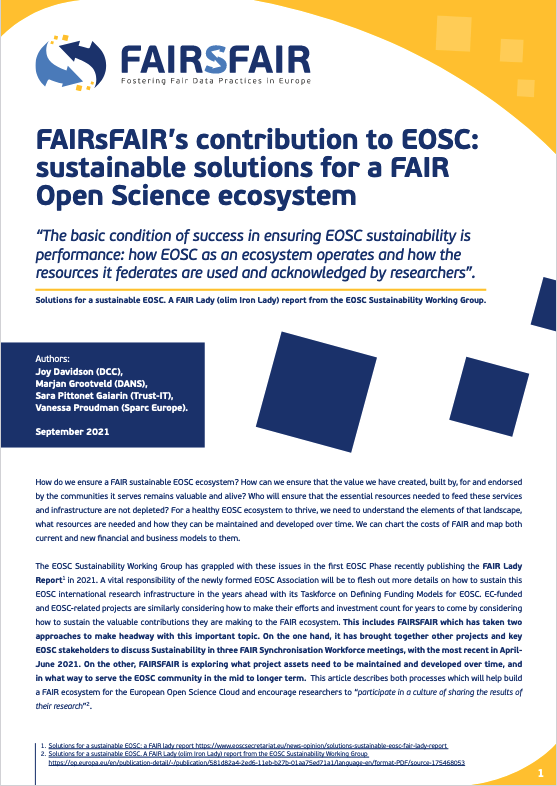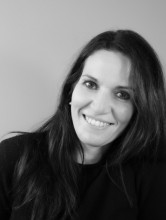How do we ensure a FAIR sustainable EOSC ecosystem? How can we ensure that the value we have created, built by, for and endorsed by the communities it serves remains valuable and alive? Who will ensure that the essential resources needed to feed these services and infrastructure are not depleted? For a healthy EOSC ecosystem to thrive, we need to understand the elements of that landscape, what resources are needed and how they can be maintained and developed over time. We can chart the costs of FAIR and map both current and new financial and business models to them.
The EOSC Sustainability Working Group has grappled with these issues in the first EOSC Phase recently publishing the FAIR Lady Report in 2021. A vital responsibility of the newly formed EOSC Association will be to flesh out more details on how to sustain this EOSC international research infrastructure in the years ahead with its Taskforce on Defining Funding Models for EOSC. EC-funded and EOSC-related projects are similarly considering how to make their efforts and investment count for years to come by considering how to sustain the valuable contributions they are making to the FAIR ecosystem. This includes FAIRSFAIR which has taken two approaches to make headway with this important topic. On the one hand, it has brought together other projects and key EOSC stakeholders to discuss Sustainability in three FAIR Synchronisation Workforce meetings, with the most recent in April-June 2021. On the other, FAIRSFAIR is exploring what project assets need to be maintained and developed over time, and in what way to serve the EOSC community in the mid to longer term.
 This article describes both processes which will help build a FAIR ecosystem for the European Open Science Cloud and encourage researchers to “participate in a culture of sharing the results of their research”.
This article describes both processes which will help build a FAIR ecosystem for the European Open Science Cloud and encourage researchers to “participate in a culture of sharing the results of their research”.
Authors:
Joy Davidson (DCC), Marjan Grootveld (DANS), Sara Pittonet Gaiarin (Trust-IT), Vanessa Proudman (Sparc Europe)
September 2021
Read the full article on Zenodo

